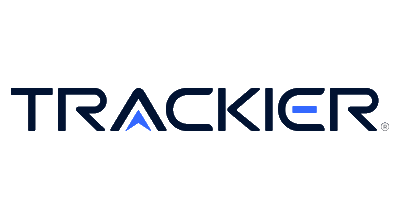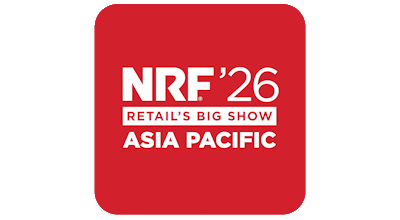How is Jubilant FoodWorks Limited looking at innovation outside of products and offers? What role is technology playing in this journey?
At JFL, Innovation brings together digital technology, data driven insights and human centric design together to re-imagine consumer experience. Our innovation approach is agile and pragmatic; focused on the biggest challenges being faced by the business. Too often, retail brands especially in the QSR space indulge in ‘experiments’ that may create PR buzz but don’t scale and deliver ROI. And obviously, you don’t hear anything after the first announcement.
We look at innovation across two dimensions – one is process i.e. experience touchpoints from ordering to feedback, the other is ‘zones’ i.e. dine-in, voice, digital, delivery and back-of-store. So for example, we are looking at how mobile applications, network optimization models and user centric design can help re-imagine delivery experience. Or, how speech recognition technology, insights from analysing order data and a call flow that is inspired by consumer personas can help transform voice experience.
There is a lot of conversation around ‘design thinking’ today. How critical is it in the long run for enhancing consumer experience?
I will draw an analogy from the Lean Six Sigma revolution from many decades back. LSS transformed how manufacturing and services processes were designed and optimized. And created a generation of people who understood a common analytical framework and the need to objectively look at variations, defects and value addition through rigorous measurement of data. Similarly, what in my mind, design thinking does is to give practitioners a defined approach and methodology which helps brings human emotions, incentives and empathy into the mix and encourages an awareness of the critical role these play especially in improving consumer experience. I also think that people often miss how these 2 methodologies, Lean Six Sigma and design thinking actually need to work in conjunction to deliver transformative impact. For example, in one of our voice experience re-design projects, we started with a Lean Six Sigma project to analyse call data and identify root causes for call drops. The insights from that project formed the starting point of a human centric design project that helped us to create new scripts, bring better voice technology and data driven insights into our CRM.
How can brands improve ROI from consumer experience projects?
Having worked through a number of these projects, we think the path to better ROI has some guiderails. The first is having a realistic sense of the time to value. Given the rapidly changing environment around us, a 6-12-month ROI filter should be applied. The second one would be establish clear, measurable success metrics and baseline for each project. It is also important to establish appropriate Pilot and Control groups, they should not be too large or small. Often attribution becomes a problem because of an incomplete understanding of all other projects happening in the same area. Finally, there must be a finance sign-off at baseline and pilot closure stage.
How do you see specific technology areas like IoT evolving for consumer brands like Domino’s?
I think IoT holds tremendous promise for all industries and definitely for us. We are using this extensively in our logistics optimization on the supply chain side as well as increasingly for tracking deliveries using bike mounted devices. This helps us in collecting data vital to improving our delivery operations The other area that we are exploring is to use IoT hardware like beacons to drive proximity based promotions that help consumers unlock value every day. And once they walk in to our store, IoT based solutions can help us gather rich feedback data. We are also looking at one-click ordering devices for a segment of our consumers to create frictionless and immediate ordering experience.













































































